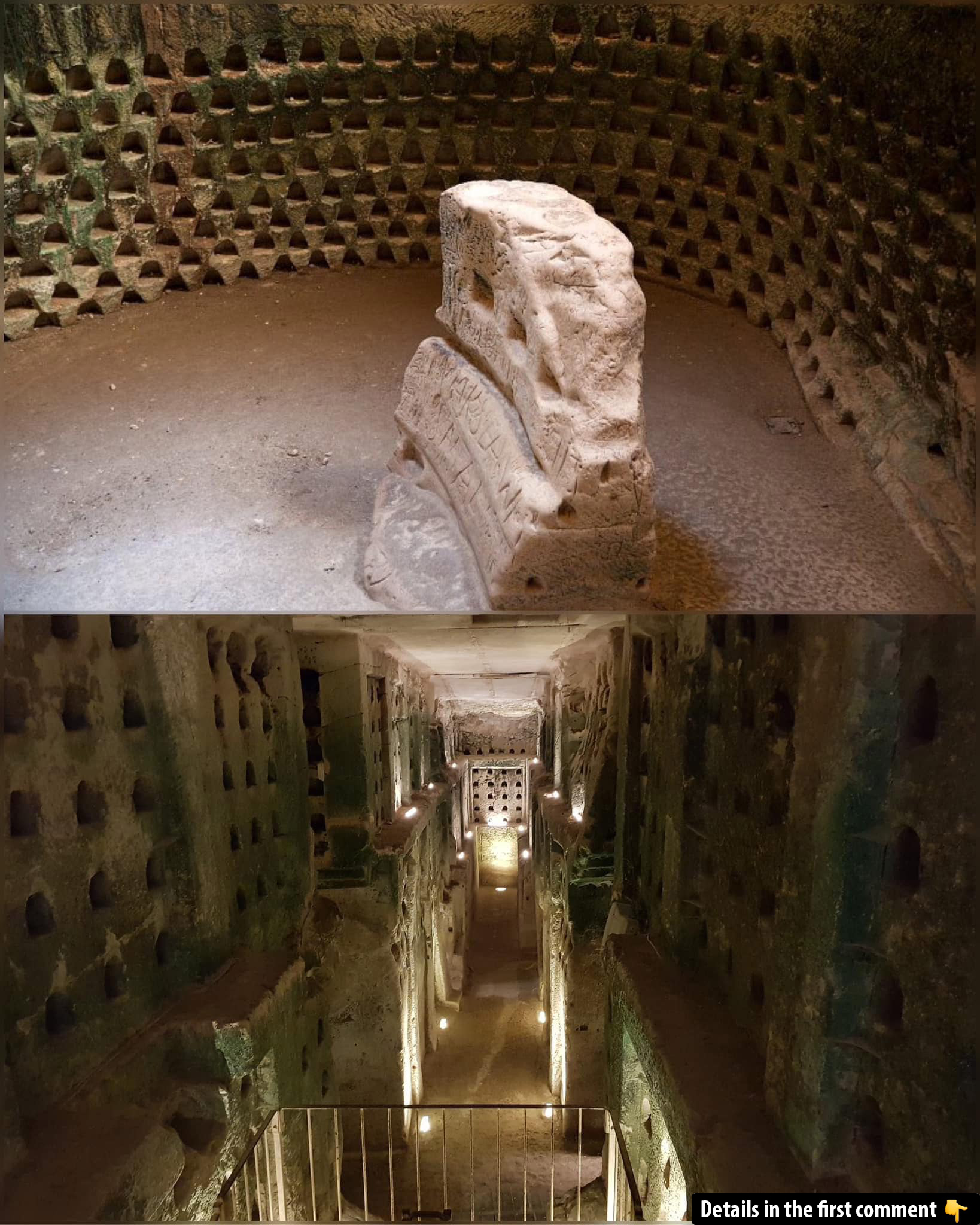Located in the heart of Israel’s Judean Lowlands, Maresha is an ancient city rich in history and archaeological significance. Among its most fascinating features are the caves, carved into the soft chalk rock of the region, which served a variety of functions over the centuries. One of the most intriguing of these caves is the Polish Cave, whose story intertwines with both ancient Israelite culture and the dramatic events of World War II. The Polish Cave stands as a testament to the complexity of Maresha’s inhabitants and their evolving society. This discovery not only sheds light on the daily lives of those who lived in the region but also brings to light the unique connection between modern history and ancient artifacts.
Exploring the Types of Caves in Maresha
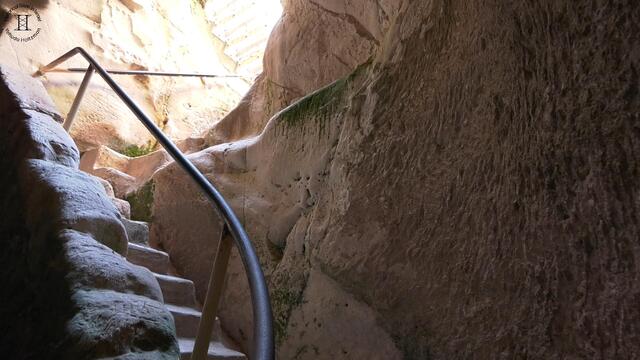
Maresha is known for its complex network of caves, which have been divided into five distinct categories based on their shapes and functions. These caves, carved into the soft chalk rock beneath the city, were integral to the lives of the inhabitants, each serving a specific role. The most notable types include:
- Bell-Shaped Caves – These caves are characterized by their wide-bottomed shape, gradually narrowing at the top. Some of these caves reach depths of up to 25 meters and were primarily used as quarries for the soft chalk rock, which was later used for the cement industry and brick production.
- Cisterns – Used for collecting and storing water, cisterns were crucial for survival in an arid landscape. These caves are similar to the bell-shaped ones, but with added features such as staircases carved into the cave walls and stone railings. The cisterns gathered water from rainfall and drainage systems.
- Craft and Agricultural Facilities – Some caves were used as specialized spaces for production, such as winepresses, textile houses, and stables. These facilities played a vital role in Maresha’s economy and daily life.
- Burial Caves – These caves were used for the internment of the dead, with the Sidonian burial caves being the most famous. These sites date back to between the third and sixth centuries BC, offering valuable insights into the burial practices and religious beliefs of the time.
- Columbarium Caves – The most distinctive of the caves in Maresha, the columbarium caves, served as pigeon houses. They are particularly notable for the inscription left by Polish soldiers during World War II, which connects the cave to a significant historical event.
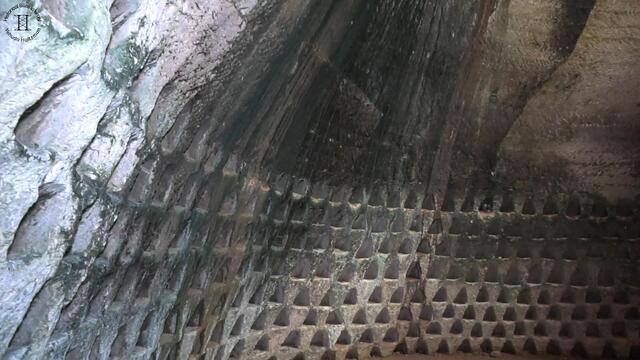
Video
Watch the video “The Polish Cave” to explore the mysterious depths and history of this fascinating site.
The Bell-Shaped Caves and Their Role in Quarrying
The bell-shaped caves in Maresha provide a fascinating glimpse into the industrial activities of the ancient inhabitants. Carved out of chalk rock, these caves were used as quarries where the soft material was extracted for use in construction and manufacturing. The chalk rock was easily excavated, and the porous nature of the material allowed for the creation of structures such as cisterns and quarries that were essential for the settlement’s survival. These caves show how the people of Maresha adapted to their environment, utilizing available resources to build a prosperous and sustainable community.
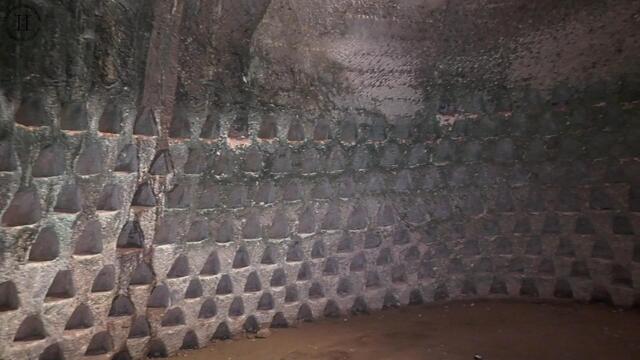
Cisterns and Columbarium: Water Sources and Ritual Functions
Water management was crucial in ancient Maresha, and the cisterns were one of the key innovations in ensuring the survival of its people. These caves, carved into the bedrock, were designed to collect rainwater and store it for later use. The cisterns were strategically placed throughout the city to ensure a reliable water supply, especially in a region where natural water sources were scarce. The presence of staircases and railings in some cisterns suggests that these were carefully designed to make accessing water easier and more efficient.
Equally significant are the columbarium caves, which served a different, but no less important, purpose. The columbarium caves are where pigeons were housed, and the name itself reflects this association with birds. What sets these caves apart, however, is the historical significance they hold in modern history. During World War II, the Polish Army, led by General Władysław Anders, passed through the area on their way to Italy. The soldiers engraved an inscription inside the cave, marking their presence in the region. This connection between the Polish Army and the ancient site brings a fascinating layer of modern history to an otherwise ancient location.
The Polish Cave: Anders’ Army and Historical Significance

The Polish Cave, named in honor of General Władysław Anders and his army, is one of the most historically significant sites in Maresha. In September 1939, Anders was captured by the Soviets and later released after the Nazi invasion of the Soviet Union. In 1941, Anders’ Army was formed with the help of the Soviet Union, and the soldiers were eventually stationed in the Middle East. On their way to Italy, the Polish soldiers passed through Israel, where they visited the caves of Maresha. While in the region, Anders’ soldiers engraved an inscription inside the cave, marking their connection to this ancient site.
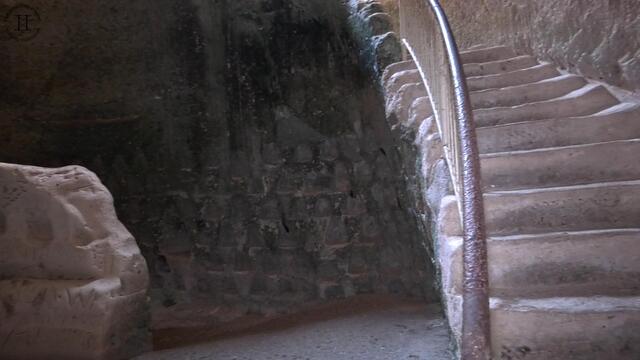
The Polish Cave’s significance lies not just in its association with Anders’ Army but also in the story it tells of resilience and the intertwining of ancient and modern history. The Polish soldiers, many of whom were Jews, left their mark in a place that had witnessed the rise and fall of empires and civilizations. This historical connection adds a unique layer to the archaeological importance of the site.
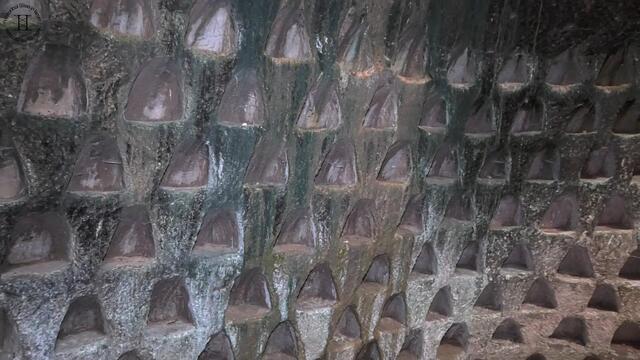
The Role of Cisterns in Ancient Israel’s Survival
The cisterns of Maresha were vital to the survival of its inhabitants, especially given the lack of natural water sources in the region. These underground reservoirs were designed to collect rainwater and store it for use during the dry months. The cisterns were built with great precision, with some featuring staircases and stone railings that made accessing the water easier. The ability to store water in such a way allowed the people of Maresha to thrive in an otherwise arid environment, and it showcases the ingenuity and resourcefulness of the ancient settlers.
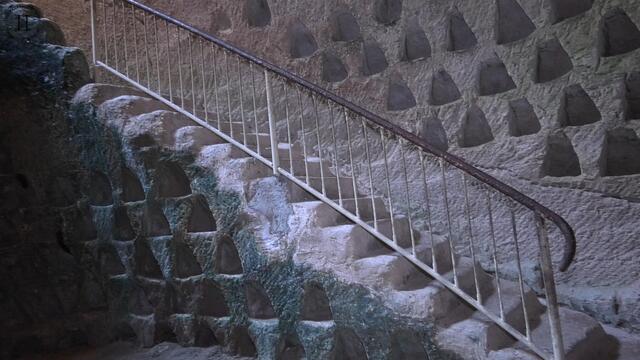
Video
Watch the video “Inside the Cave of the Ancient Jaguar God” by National Geographic to uncover the secrets of this mystical cave and its ancient Mayan artifacts.
Conclusion: Insights into Maresha’s Ancient Culture and Ongoing Excavations
Maresha is an archaeological treasure trove, offering valuable insights into the daily lives of ancient people in Israel. The discovery of the Polish Cave and the various types of caves throughout the region has reshaped our understanding of ancient settlements and their inhabitants. From water management to ritual practices, Maresha’s caves tell a story of innovation, survival, and cultural exchange that spans millennia. As ongoing excavations continue to unearth new findings, the site remains a vital piece of the puzzle in understanding the rich history of the ancient world.
With plans to open Maresha to tourists in the future, the site is set to become a significant cultural destination, allowing visitors to step back in time and witness firsthand the ancient civilization that once thrived in this remarkable location.
